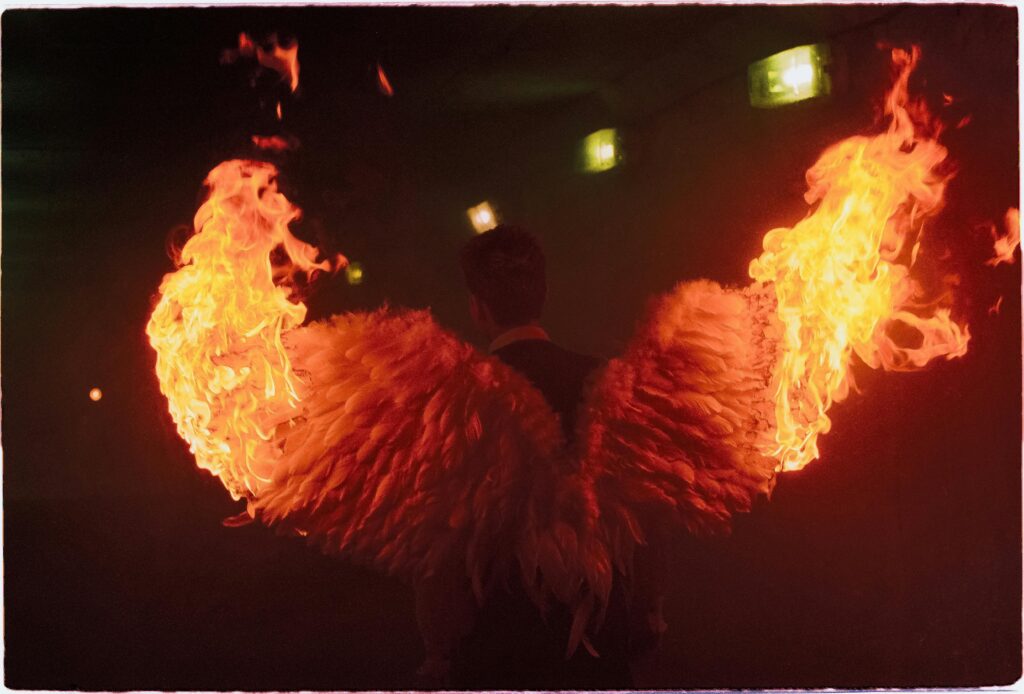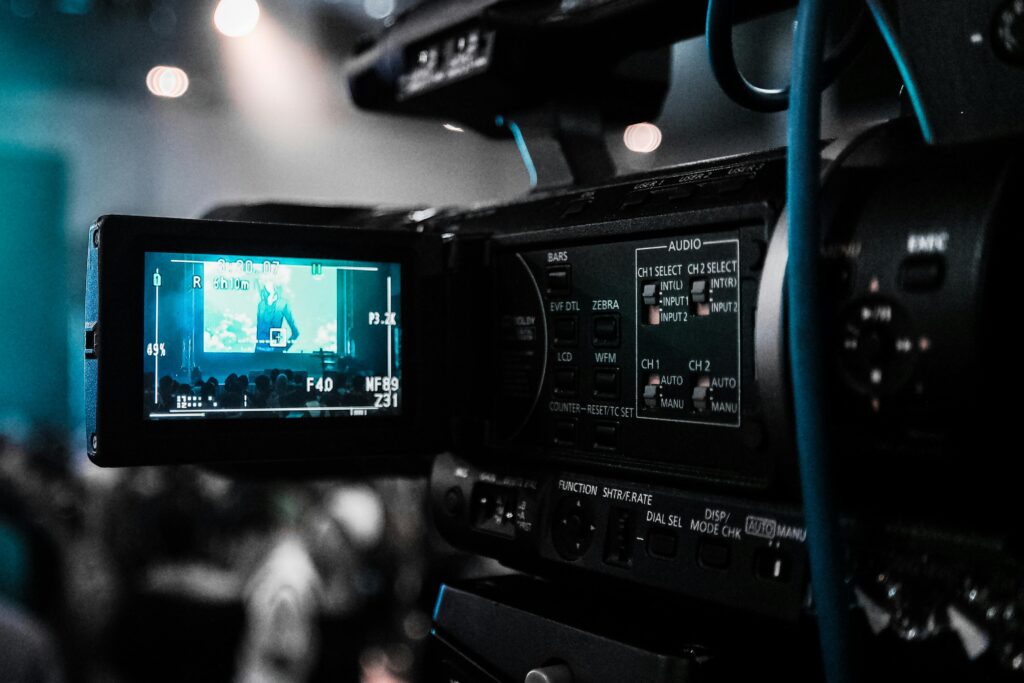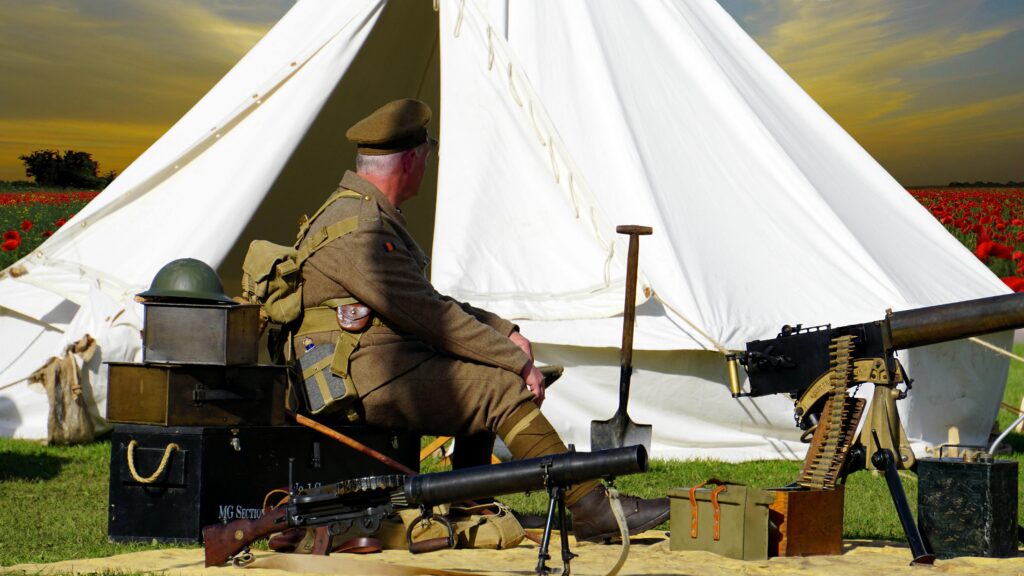Contrast is a fundamental principle in art that involves juxtaposing differing elements to create visual interest, convey meaning, and evoke emotions. By understanding and applying various types of contrast, artists can enhance the depth and impact of their work.
Understanding Contrast in Art
In art, contrast refers to the arrangement of opposite elements—such as light versus dark, rough versus smooth, or large versus small—to highlight differences and create focal points within a composition. This technique not only adds variety but also guides the viewer’s attention and can evoke specific emotional responses.
Types of Contrast in Art
Color Contrast
Color contrast involves placing colors with differing hues, values, or saturations next to each other to create visual interest. This can be achieved through:
- Hue Contrast: Juxtaposing colors from opposite sides of the color wheel, such as red and green, to create vibrant effects.
- Value Contrast: Combining light and dark colors to add depth and dimension.
- Saturation Contrast: Placing vivid, saturated colors next to muted tones to draw attention to specific areas.
For instance, Vincent van Gogh’s “Olive Grove: Orange Sky” utilizes hue contrast by pairing complementary colors to create a striking visual impact. )
Texture Contrast
Texture contrast is achieved by juxtaposing different surface qualities, such as rough against smooth or thick against thin. This technique adds tactile interest and can emphasize certain elements within a piece. In still life paintings, artists often contrast the textures of objects to create a more dynamic composition. )
Shape Contrast
By combining geometric shapes (like squares and circles) with organic shapes (like freeform curves), artists can create a sense of movement and balance. M.C. Escher’s “Sky and Water I” exemplifies this by blending organic forms of birds and fish with geometric patterns. )
Line Contrast
Utilizing varying line qualities—such as thick versus thin, straight versus curved—can guide the viewer’s eye and add energy to a composition. For example, the contrast between the straight lines of mooring poles and the curved lines of a gondola can lead the eye to the focal point of a painting. )
Space Contrast
Manipulating positive and negative space creates contrast that can establish balance and focus within an artwork. By placing elements far apart, artists can draw attention to specific areas and create a hierarchy of elements. )
Directional Contrast
Incorporating elements that guide the viewer’s eye in different directions adds dynamism to a composition. Varying the direction and size of brushstrokes, for instance, can create a sense of movement and energy. )
Style Contrast
Blending different artistic styles within a single artwork can create diversity and stimulate the viewer’s perception. Combining abstraction with realism, for example, can make a composition more intriguing and engaging. )
Practical Applications of Contrast
Building Effective Compositions
Contrast is essential in guiding the viewer’s eye and creating a balanced composition. Vincent van Gogh’s “Starry Night” demonstrates this by contrasting the swirling sky with the static village below, directing focus and adding depth. )
Enhancing Emotional Impact
Utilizing contrast can evoke drama and tension within an artwork. In “Wheatfield with Crows,” van Gogh contrasts a dark, stormy sky with a bright, golden wheatfield, creating an unsettling yet powerful scene. )
Experimentation with Contrast
Artists like Bridget Riley and Victor Vasarely have explored contrast through Op art, manipulating the eye using bold contrasts to create optical illusions that dazzle the mind. )
Techniques for Mastering Contrast
Practical Exercises for Artists
- Grayscale Value Scales: Create scales from white to black to understand light versus dark relationships.
- Complementary Color Pair Exercises: Mix and observe effects of colors like red and green to explore hue interactions.
- Saturation Mapping: Balance vivid and muted tones to guide balanced compositions.
Tools and Strategies for Applying Contrast
- Planning: Use value and saturation maps to sketch light and dark areas, forming the skeleton of a powerful composition.
- Layering Techniques: Build depth and focus attention through strong layers, applicable in various mediums.
- Tool Selection: Choose appropriate tools like brushes, pencils, or digital tablets to manipulate contrast effectively.
Avoiding Common Mistakes
- Overuse of Contrast: Excessive contrast can lead to visual chaos; balance is key to avoid confusion.
- Neglecting Subtleties: Pay attention to texture contrast, as details like rough versus smooth surfaces add depth and interest.
Conclusion
Mastering contrast in art is essential for creating compelling and dynamic compositions. By thoughtfully applying various types of contrast, artists can guide the viewer’s eye, evoke emotions, and convey deeper meanings within their work.


